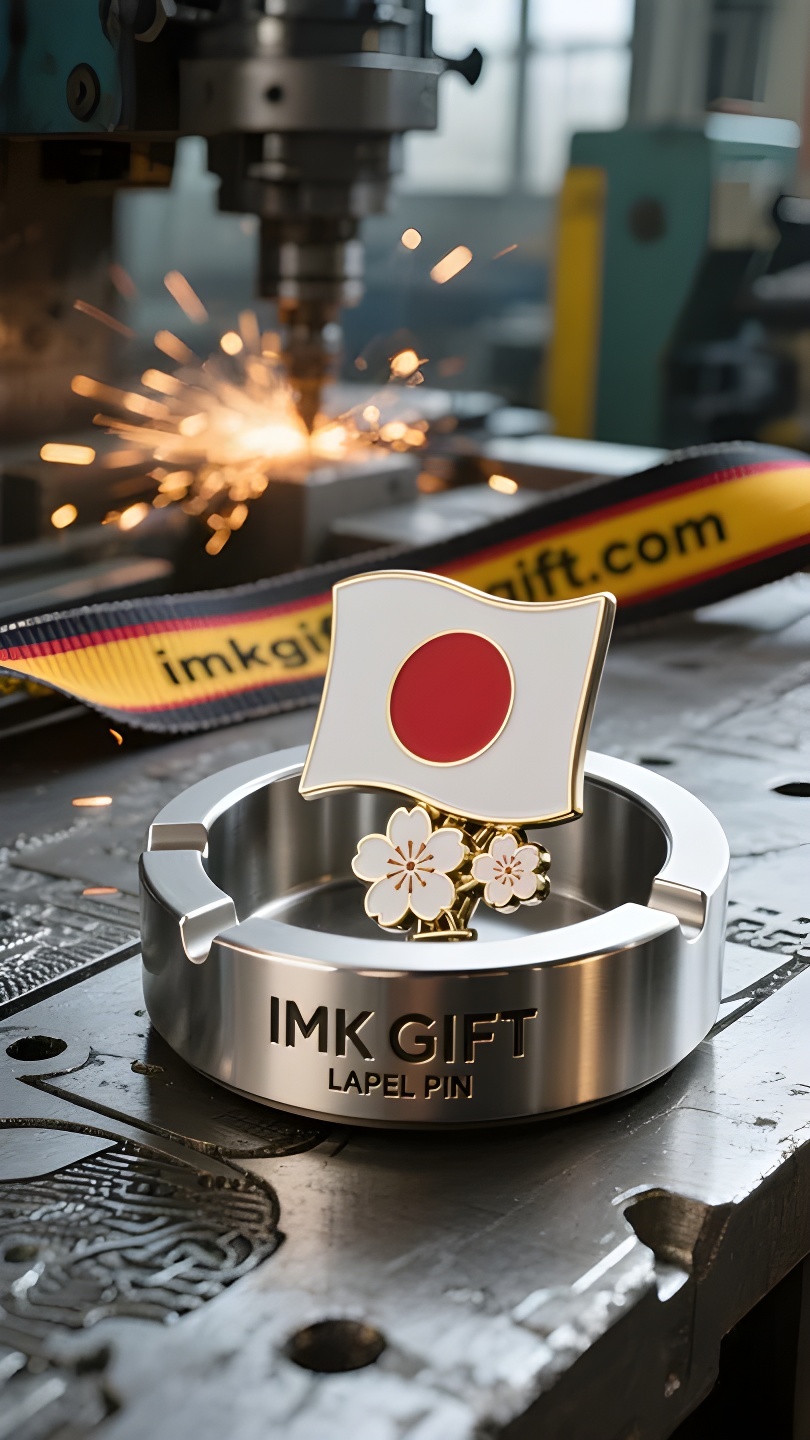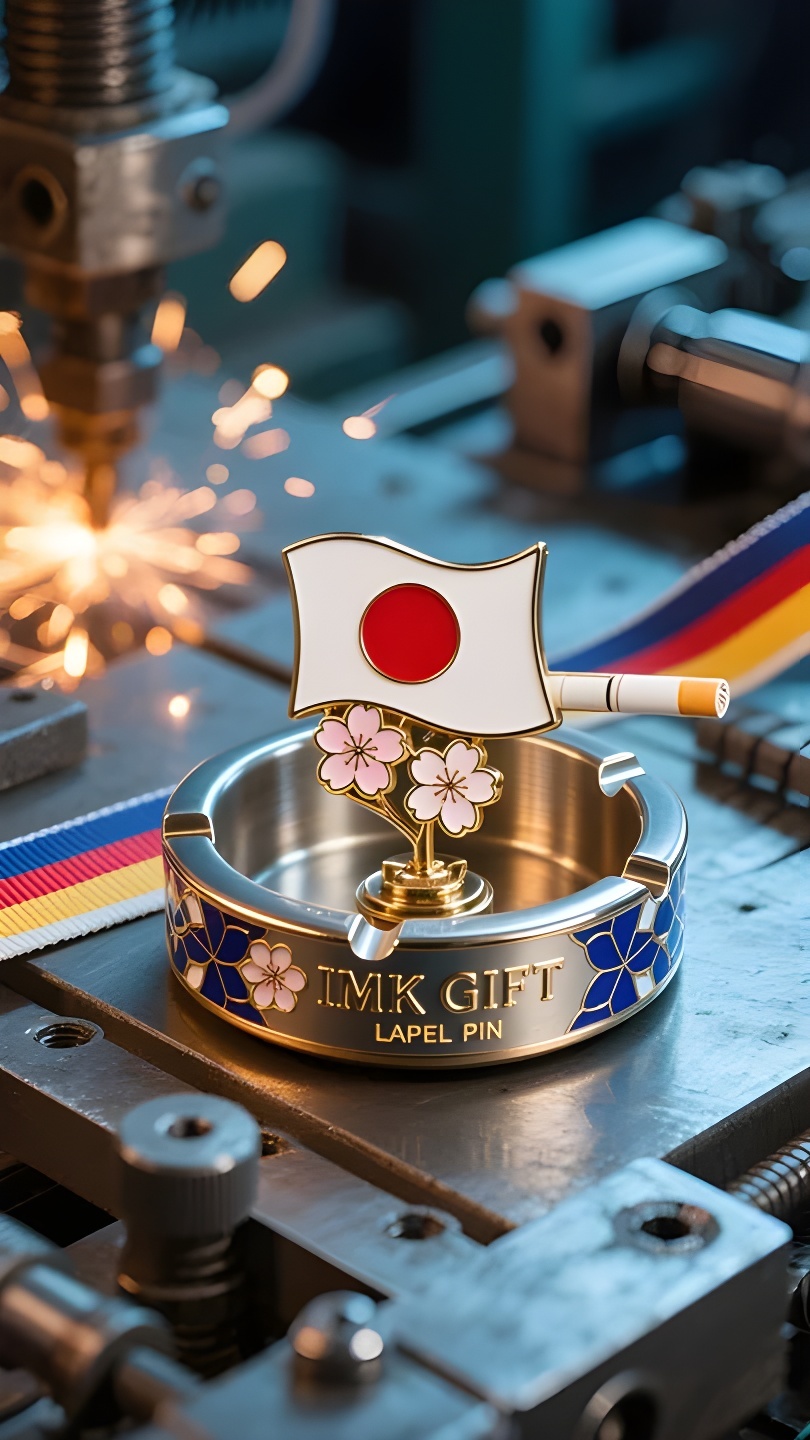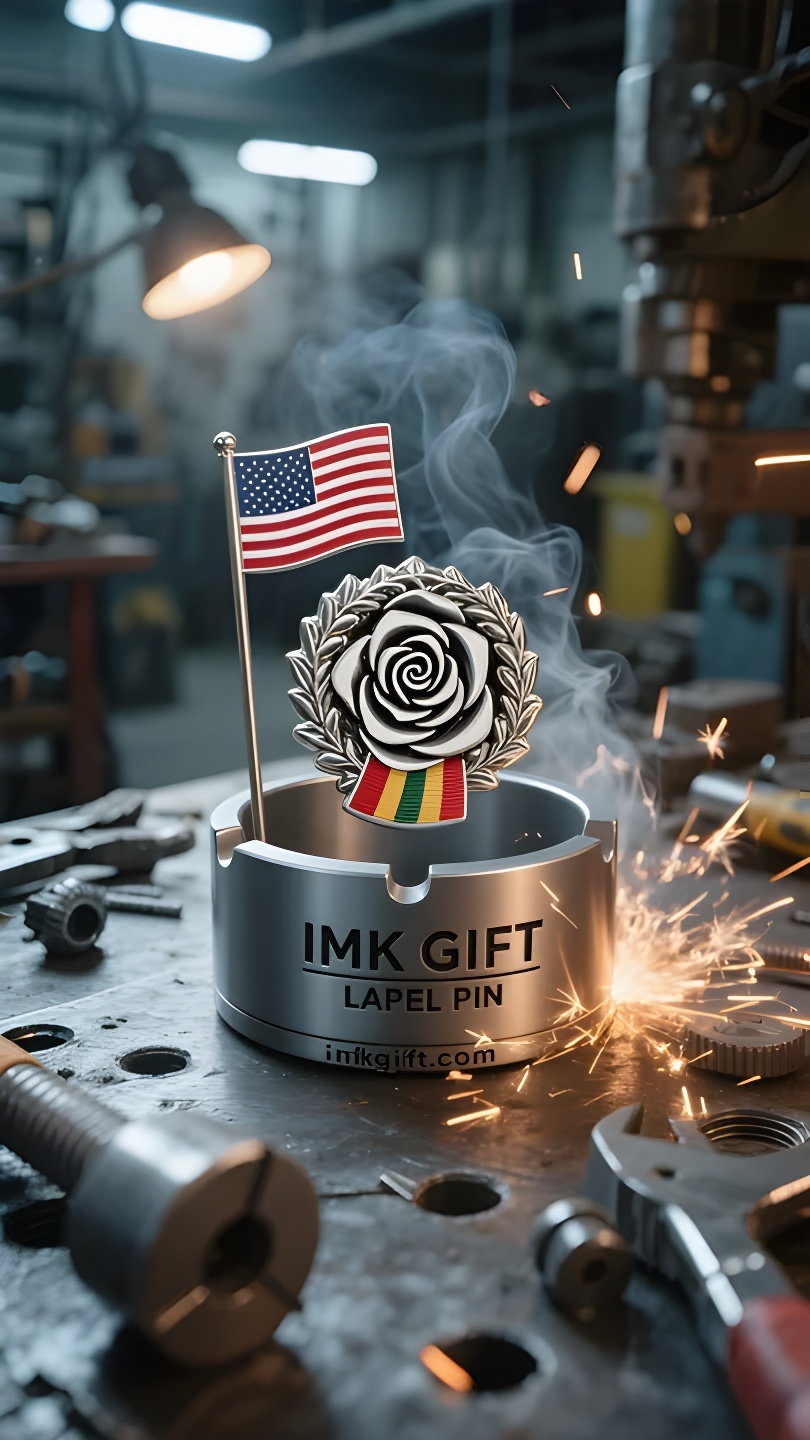in995-灰の中に咲く桜-堆積の中で再生する勇気
▼
4月の日本では、桜が雪のように散り、街は人生のはかなさを嘆く声で溢れています。昭和の日が近づくにつれ、紅白の国旗が風になびき、中央の赤い円盤は消えることのない太陽のようで、この国の揺るぎない生命力への信仰を示しています。桜と国旗が映し出される中、灰を載せた陶器の灰皿は、時を超えた人生哲学を静かに語りかけています。伝統的な桜の灰皿は、多くの場合、素焼きの陶器で作られ、重なり合う花びらの輪郭を釉薬で描き、凹部には落ちた灰をそのまま受けています。このデザインは、燃え尽きたタバコの吸殻と新鮮な花びらが共存する、まるで桜が7日間咲き誇って塵に舞い落ち、翌年には再び枝から芽吹くように、東洋独特の死生観を表現しています。灰皿に積もった灰は、終わりではなく、新たな生への序章です。それは、日本人が戦後の廃墟を復興の起点と捉え、国旗の赤い輝きに自らの精神の礎を刻み直すように。すべての命は燃え尽き、灰となる過程を経ますが、桜の灰皿は私たちに、真の勇気とは転がり落ちることを避けることではなく、灰を養分と見なすことにあると教えてくれます。原爆で壊滅した広島が70年後、焦土は燦然と輝く平和の花を咲かせたように。津波に見舞われた東北三県が、瓦礫を防災記念碑へと昇華させたように。国民の記憶に深く刻まれたこれらのトラウマは、やがて前進への原動力へと変わっていきました。指先が灰をはじくと、飛び散る火花が桜の模様を照らしました。その儚い光は、無常に対する私たちの永遠の宣言なのです。
In April in Japan, cherry blossoms are falling like snow, and the streets are filled with sighs about the transience of life. As Showa Day approaches, the red and white national flag is unfurling in the wind, and the red disc in the center is like a sun that never goes out, indicating this nation’s persistent belief in the vitality of life. In the reflection of the cherry blossoms and the national flag, the ceramic ashtray carrying ashes is silently telling a philosophy of life that transcends time. Traditional cherry blossom ashtrays are often made of plain pottery, with glaze outlining the overlapping petals, and the concave part just holds the falling ashes. This design implies the unique oriental view of life and death – the burned-out cigarette butts coexist with fresh petals, just like the cherry blossoms fall into the dust after blooming for seven days, but sprout again on the branches next year. The ashes accumulated in the ashtray are not the end, but the prelude to a new life, just as the Japanese regard the ruins after the war as the starting point of revival, and recast their spiritual backbone in the red glow of the national flag. Every life will go through the stage of burning and turning into ash, but the cherry blossom ashtray reminds us: true courage does not lie in avoiding falling, but in knowing how to regard ashes as nutrients. Just like Hiroshima, which was destroyed by a nuclear explosion, seventy years later, the scorched earth cultivated gorgeous flowers of peace; just like the three counties in the northeast that suffered a tsunami, the wreckage was cast into a disaster prevention monument. These traumas deeply embedded in the national memory eventually turned into fuel to push forward. When the fingertips flicked the ash, the flying sparks illuminated the cherry blossom pattern. That fleeting light is our eternal declaration against impermanence.
四月的日本,樱花纷扬如雪,街巷间萦绕着对生命易逝的喟叹。恰逢昭和之日临近,红白相间的国旗在风中舒展,中央的赤色圆盘宛如永不熄灭的太阳,昭示着这个民族对生命力的执着信仰。而在樱花与国旗的辉映中,那只承载着灰烬的陶制烟灰缸,正无声诉说着超越时间的生命哲学。
传统樱花烟灰缸常以素陶为底,釉色勾勒出层叠花瓣,凹陷处恰好容纳飘落的烟灰。这般设计暗含东方特有的生死观——燃烧殆尽的烟蒂与新鲜花瓣共生,正如樱花七日盛放后坠入尘土,却在来年重新萌发枝头。烟灰缸中积攒的灰烬并非终局,而是新生的前奏,恰似日本人将战后的废墟视为复兴的起点,在国旗的赤色辉光中重铸精神脊梁。
每个生命都会经历燃烧、成灰的阶段,但樱花烟灰缸提醒我们:真正的勇气不在于逃避坠落,而在于懂得将灰烬视作养分。就像被核爆摧毁的广岛,在七十年后用焦土培育出绚烂的和平之花;如同遭遇海啸的东北三县,将残骸铸成防灾纪念碑。这些深嵌在民族记忆中的创伤,最终都化作推动前行的燃料。
当指尖轻弹烟灰的瞬间,纷扬的星火照亮了樱花纹路。那抹转瞬即逝的光亮,恰是我们对抗无常的永恒宣言。
▼
Contact Us
📞 Tel: +0086-760-85286839
📧 Email: sales3@imkgift.com








